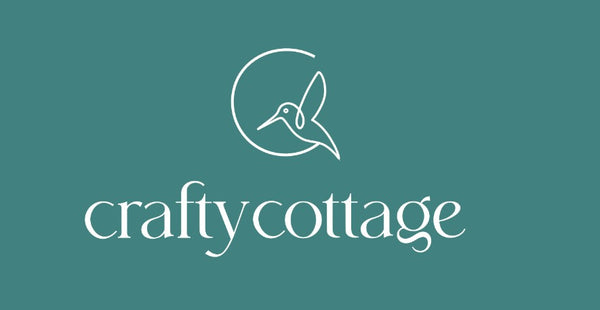You’ll notice that in our acrylic painting department, there are thousands of paints, mediums and tools available. This reflects the versatility of the medium, and the many techniques you can try with acrylic paint. By focussing on a particular technique or process, you’ll find it easier to work out what materials you’d like to invest in first. You just need a few paints and tools to get started. Once you’ve had a chance to gain some experience, it’ll soon be clear if you want to add to your kit by trying out a certain medium, gel or paste, or a different kind of surface. The process of just getting started is the best way to learn and develop your skills as an acrylic painter.
Why Are There So Many Kinds of Acrylic Paint?
Acrylic paints are available in more varieties than any other fine art medium, and can be applied to pretty much any surface, including paper, stone, metal, canvas or plastic, with no prior preparation necessary (although they will adhere best to surfaces with a degree of absorbency or texture). Tubes and pots of paint are available in a range of thicknesses – from very stiff, heavy body paints to watery yet intensely coloured acrylic airbrush inks, designed not to clog up apparatus. In between these two extremes you’ll find acrylic paint marker pens, spray paints, and fluid paints with the consistency of single cream. Each is formulated to take on.
However the adaptability of acrylic paint means that there are no hard and fast rules. With the aid of the many acrylic mediums, gels and pastes available, it is possible to modify the characteristic of the paints you are working with to allow them to adapt to other techniques, and mould to your own particular way of working. For example, if you were working on a painting that had both passages of heavy impasto as well as some transparent, delicate glazes, you could mix in a fluid medium to your heavy body paint to increase its transparency and fluidity. Conversely you could thicken a fluid paint with a paste or gel to use it for impasto techniques, and mix it with a fluid acrylic medium to turn your colour into a glaze. The good news is when starting out, deciding on any acrylic paint is the right decision. You just need to start painting as it’s only then that you’ll begin to discover what your preferences are in terms of paint consistency, colour saturation and techniques, allowing you to make more informed decisions about how you go about adding to your colours and tools.
















